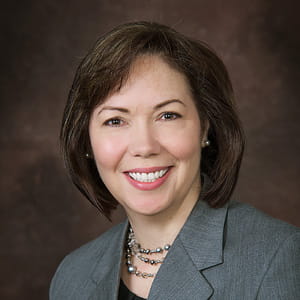Sec. 179D and Sec. 45L retroactively extended for taxpayers

The Taxpayer Certainty and Disaster Tax Relief Act extended some, but not all, of the previously expired or expiring tax provisions. Because of the long delay in getting this extender legislation through Congress, many of the previously expired provisions were reinstated for a three-year period, making them retroactively effective for 2018 and 2019, while prospectively extending them through the end of 2020.
Included among the extended provisions, and of particular interest to those in the construction and real estate industry, were Sec. 179D and Sec. 45L.
Key elements of Sec. 179D
The section 179D tax deduction was originally passed by Congress as part of the Energy Policy Act of 2005 in direct response to broader energy usage and independence concerns. According to data released by the U.S. Department of Energy, buildings are responsible for 73 percent of all electricity consumption in the U.S., with about half of it attributed to commercial buildings.
In an effort to encourage broader energy efficiency, section 179D allows qualifying building owners and businesses to receive an up to $1.80 per square foot tax deduction for their energy-efficient buildings.
This deduction generally allows taxpayers to immediately expense the cost of improvements to lighting, HVAC and hot water, and the building envelope that improve a building’s energy efficiency by 50% as compared to the 2007 ASHRAE standards. Without this provision, the cost of such improvements would need to be depreciated over 39 years (commercial) or 27.5 years (residential).
If the entire building does not meet the 50% test, a partial expense can be claimed, limited to the lesser of cost or $.60 per square foot for each of the subsystems (lighting, HVAC and hot water, or building envelope) that meets the 50% test. A simplified method is available for lighting only, which also allows a prorated deduction ranging from $.60 to $.20 per square foot.
In addition, eligible designers and builders (such as architects, engineers, contractors, environmental consultants and energy service providers) can also qualify for 179D under a special rule for public property. In this case, designers and builders that have enhanced the energy efficiency of a new government-owned building or made energy-saving renovations and retrofits to existing government-owned buildings can be allocated the deduction by the government owner.
Key elements of Sec. 45L
This provision was also part of the Energy Policy Act of 2005.
Unlike Sec. 179D which provides a tax deduction for commercial and residential buildings that are more than three stories above grade, Sec. 45L provides a tax credit of $2,000 per unit and applies only to residential homes (including apartment buildings that are under four stories above grade).
How Wipfli can help
Wipfli serves nearly 7,500 construction, specialty contractor, and real estate owners, developers, and property management organizations. Our team brings the specialized knowledge you need to your taxes. See our web page to learn more about our construction and real estate services or check out a list of articles related to taxes.




